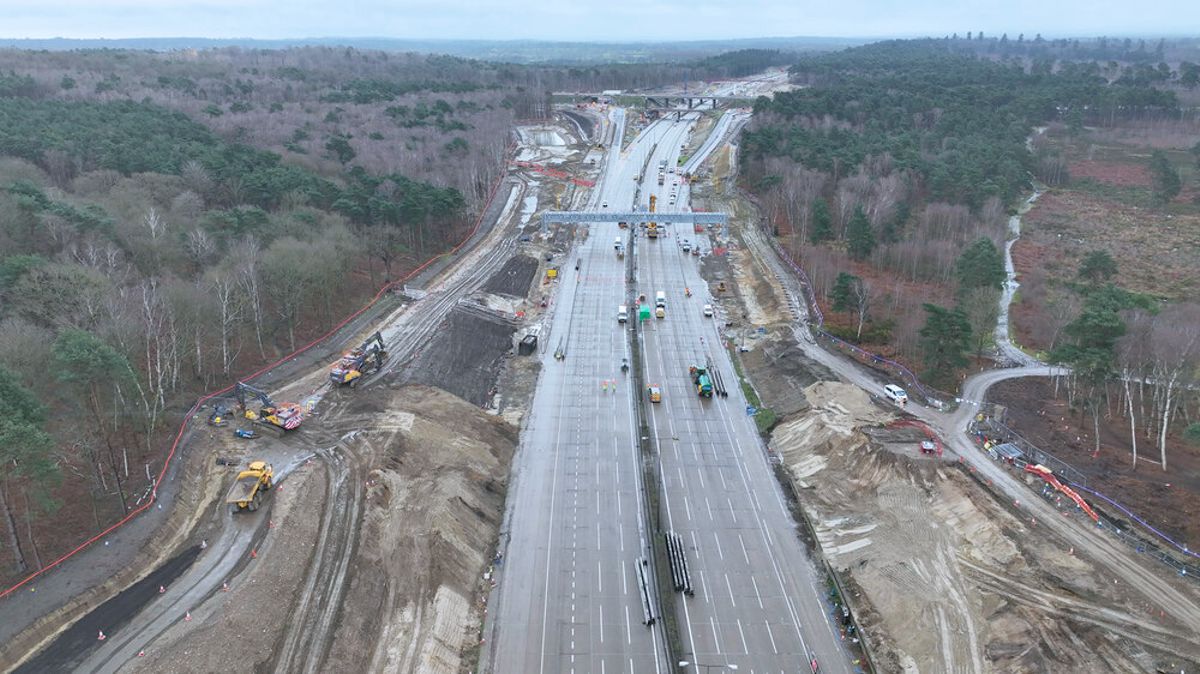Look No Wires – Using wireless vehicle detection to reduce congestion
Traffic flows better and congestion is reduced when signalised junctions use adaptive traffic control (ATC) systems such as SCOOT (Split Cycle Offset Optimisation Technique) and MOVA (Microprocessor Optimised Vehicle Actuation). As a traffic engineer you will be well aware of the benefits of adaptive traffic control, but you may be less aware of an alternative to the traditional inductive loops used to provide the vehicle detection such systems rely on.
In 2009 Clearview Intelligence introduced a magnetometer based sensor to detect vehicles and feed this information into the traffic signal controller. Here we will explore how this magnetometer system works and how you can benefit.
How does wireless vehicle detection work?
The wireless vehicle detection system consists of the in-road sensor which uses a 3-axis wireless magnetometer to detect vehicles and a low power secure radio transmitter to transmit this information to an access point. This relays the detection data to the traffic signal controller via an M120 interface card.
The interface card works in the same way as an inductive loop card. Loop based and wireless detection inputs can even be combined within the same controller. This means the M100 system is compatible across the network regardless of any legacy equipment in place.
The M100 sensor has a built-in battery that has been proven to last for 8-10 years and the whole system is fully Type Approved to TOPAS 2512 (TRA).
What are the benefits of wireless vehicle detection?
Instead of having to put extensive ducting and trenching down the side of the carriageway as you would with loops for ATC (when detection is required further away from the stop line) or running loop tails across carriageways (when on multi-lane roads), the sensors are installed in a small 100mm x 50mm deep hole in the centre of the carriageway.
The installation takes just 15 minutes to core the hole, place the sensor in and add the required resin to hold it in place, at which point the carriageway can be reopened. This is comparatively much quicker than installing loops and unlike loops can be done one carriageway at a time. Installation costs are also significantly reduced by removing the need for coring of the loop trenches and removing the need for hundreds of meters of ducting and trenching required to link the loops. In a city centre these costs can be as high as £100 per metre if the trenching needs to be dug by hand to avoid existing utilities.
Their placement in the carriageway also leads to a greater lifetime value compared to loops as they do not take the full force of the heavy traffic and are not likely to be disrupted by utilities companies. The system is widely used on junctions that are on over bridges of the motorway, where cutting loops on the bridge deck is problematic. Wireless vehicle detection is also increasingly being used for MIDAS (Motorway Incident Detection and Automatic Signalling) detection on the motorway where it can be installed one carriageway at a time. The M100 system is approved to Highways England MCH1529 for Ramp Metering and MIDAS.
Who is benefiting from wireless vehicle detection?
Clearview now have completed over 1,500 installations across the UK for a wide range of traffic signal detection. These installations include:
- Transport for London (TfL) upgraded over 800 junctions using the M100 system. Following an extensive trial of the M100 system TfL concluded the M100 system was at least as accurate as loop based vehicle detection and significantly quicker and easier to install.
- Combatting speeding on the A78 in Fairlie. Wireless vehicle detection is used to detect speeding drivers and trigger a red signal at traffic lights, so penalising speeding drivers and encouraging regular drivers through the village to slow down.
- Cost-effective traffic light control in Blackburn. Blackburn with Darwen Borough Council achieved significant savings and greater reliability by switching from inductive loops to wireless vehicle detection.
- Slough Borough Council upgrade to SCOOT. Following a trial of the M100 system, Slough Borough Council used it to upgrade 11 junctions on the A4 to SCOOT. The installation was completed in only six days at off peak restricted hours of the day.
- Aberdeen City Council benefitted from greater reliability. Faced with poor loop reliability due to shifting and degrading road surfaces Aberdeen City Council transitioned to wireless detection and were able to increase the advance detection on their network as a direct result of cost savings achieved through this technology
You can watch the recording of our Clearview Intelligence’s webinar on this topic for a detailed overview of the system.















